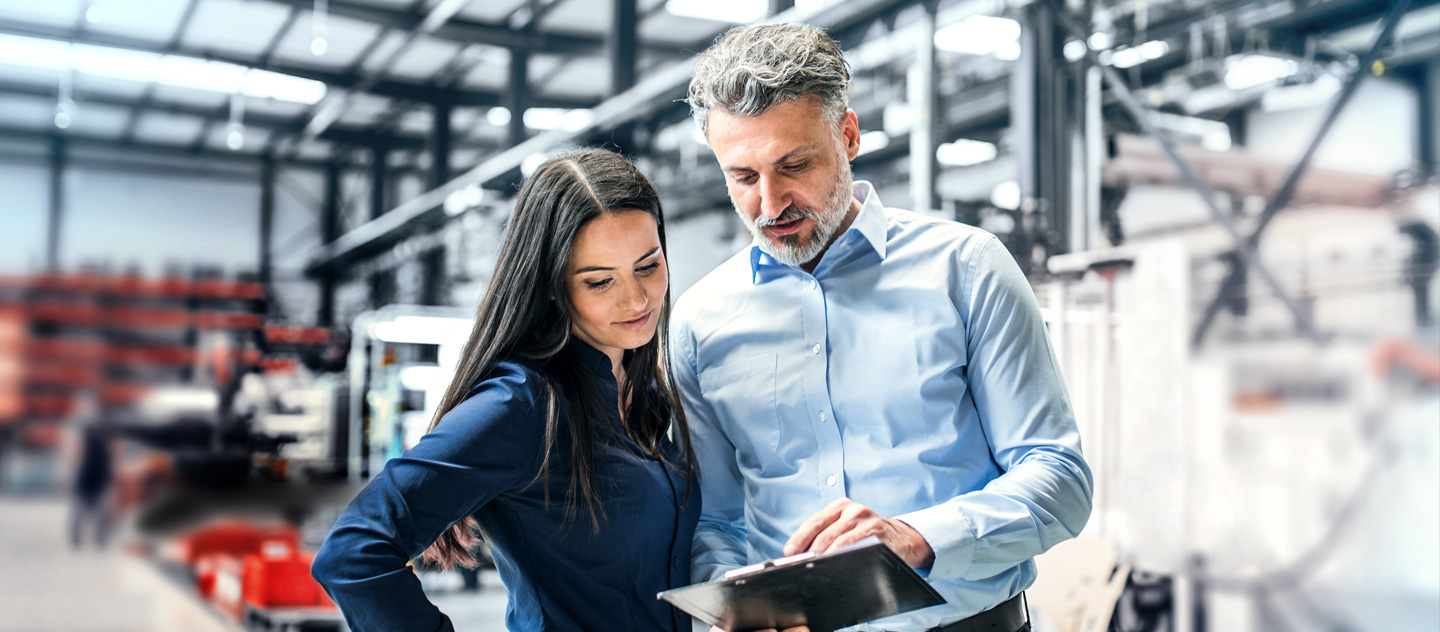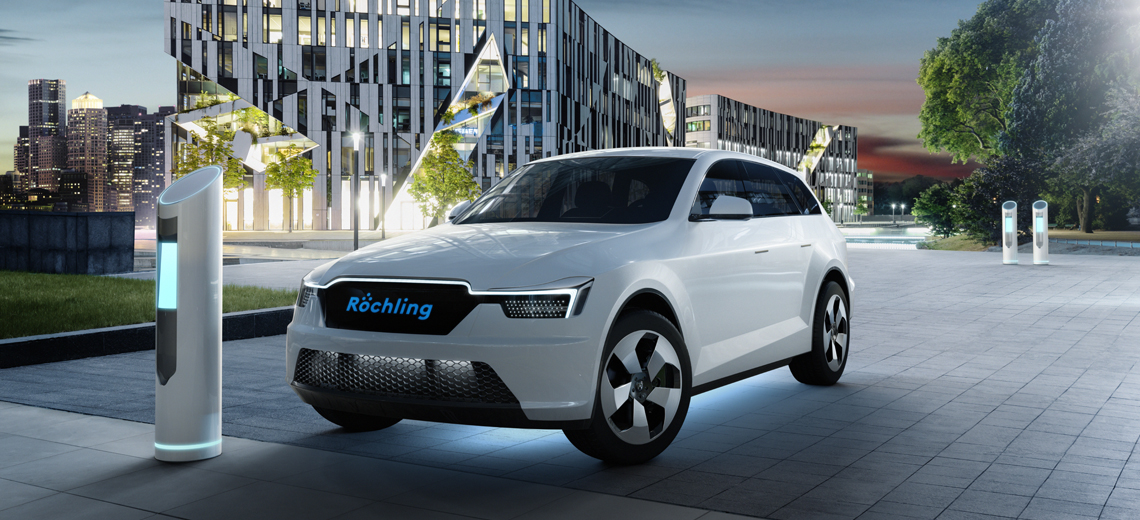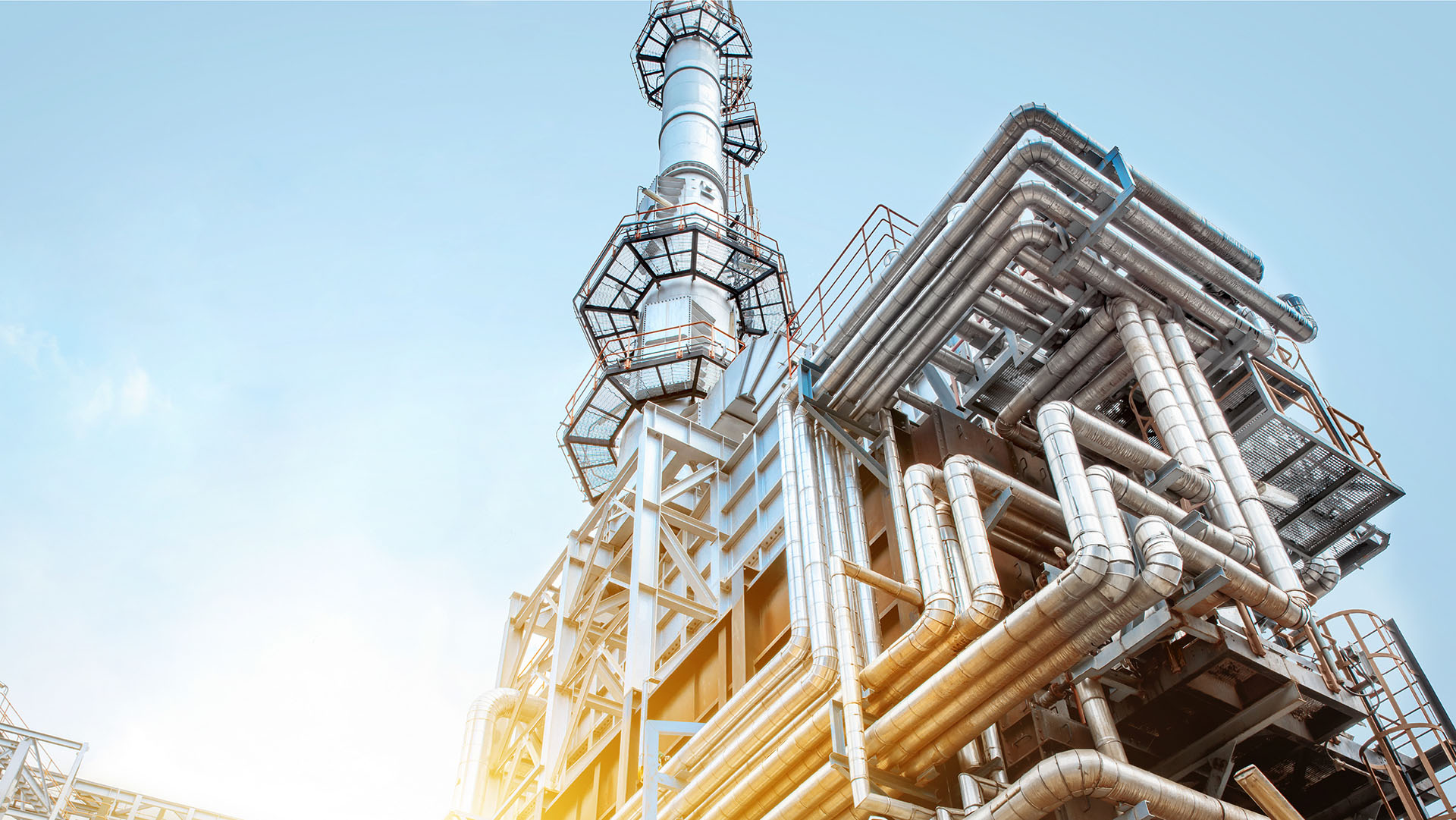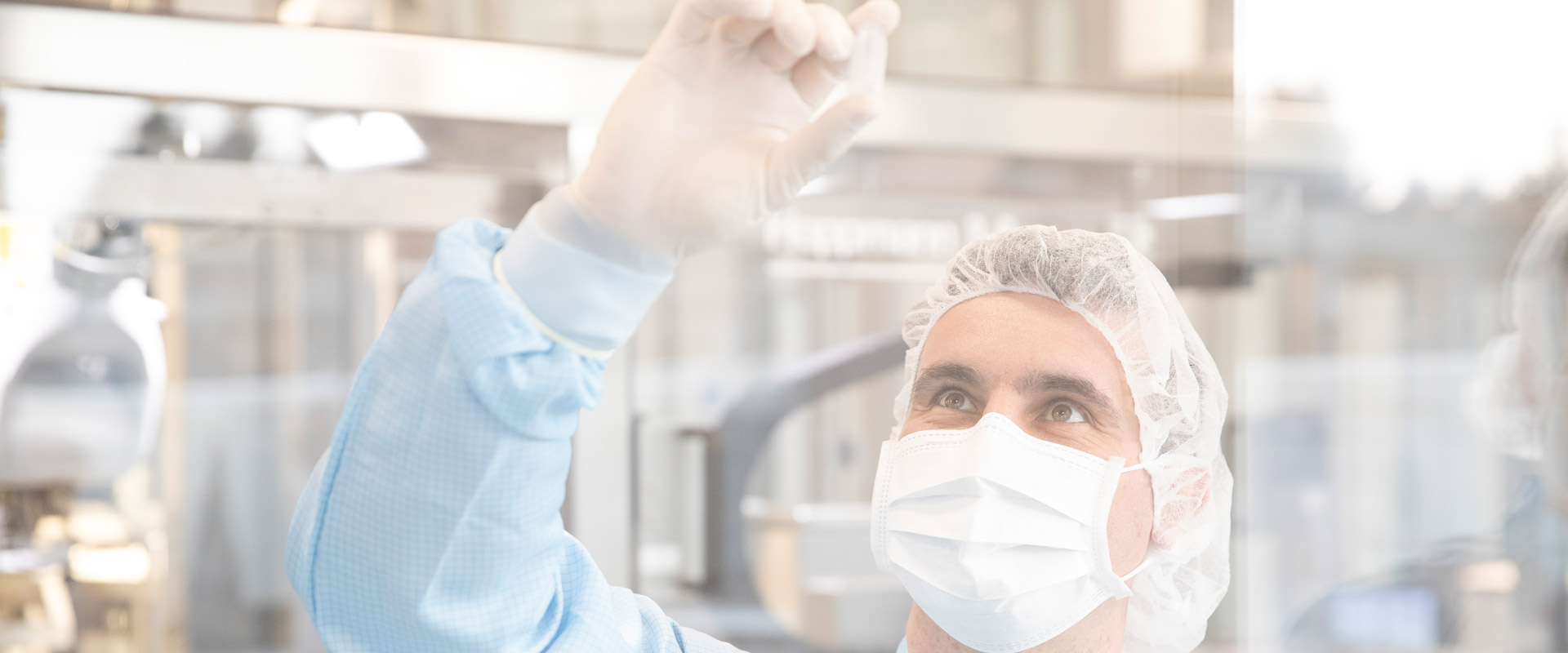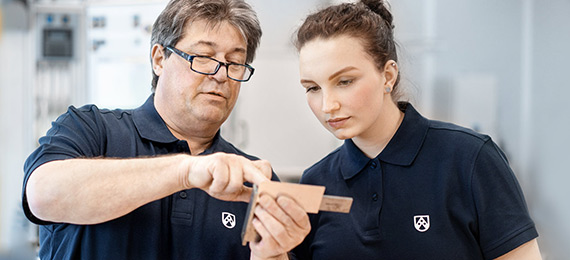Life cycle assessment
When considering products ecologically over their entire life cycle, the question arises: What makes a product sustainable?
According to the Deutsches Institut für Normung (German Institute for Standardisation), an environmentally sound product is one that complies with the required consumer benefit in comparison with conventional products, but uses fewer resources in production, use and disposal and has less impact on the environment. The useful life of the product must be taken into account in this regard.
The use of resources is associated with emissions and other environmental impacts. Considering these environmental impacts at every stage of the life cycle is part of a holistic environmental assessment.
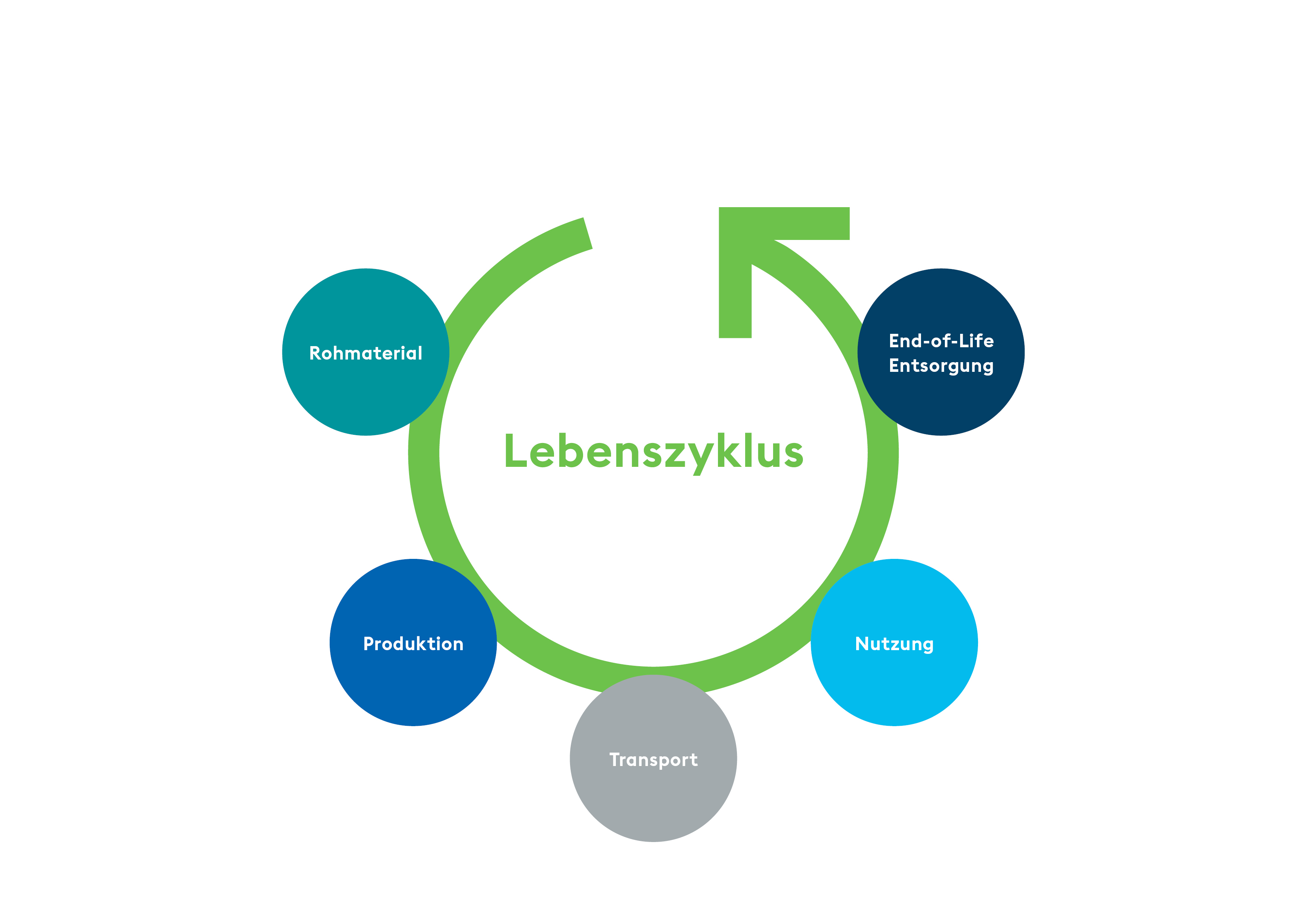

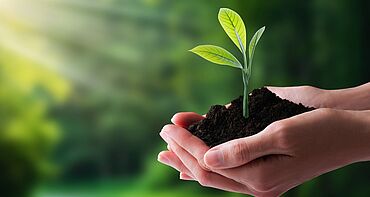
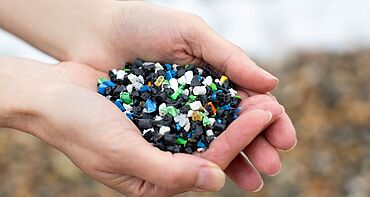
![[Translate to German:] [Translate to German:]](/fileadmin/_processed_/f/3/csm_Newsletter-Kreislauf_3331d2f3b2.jpg)






